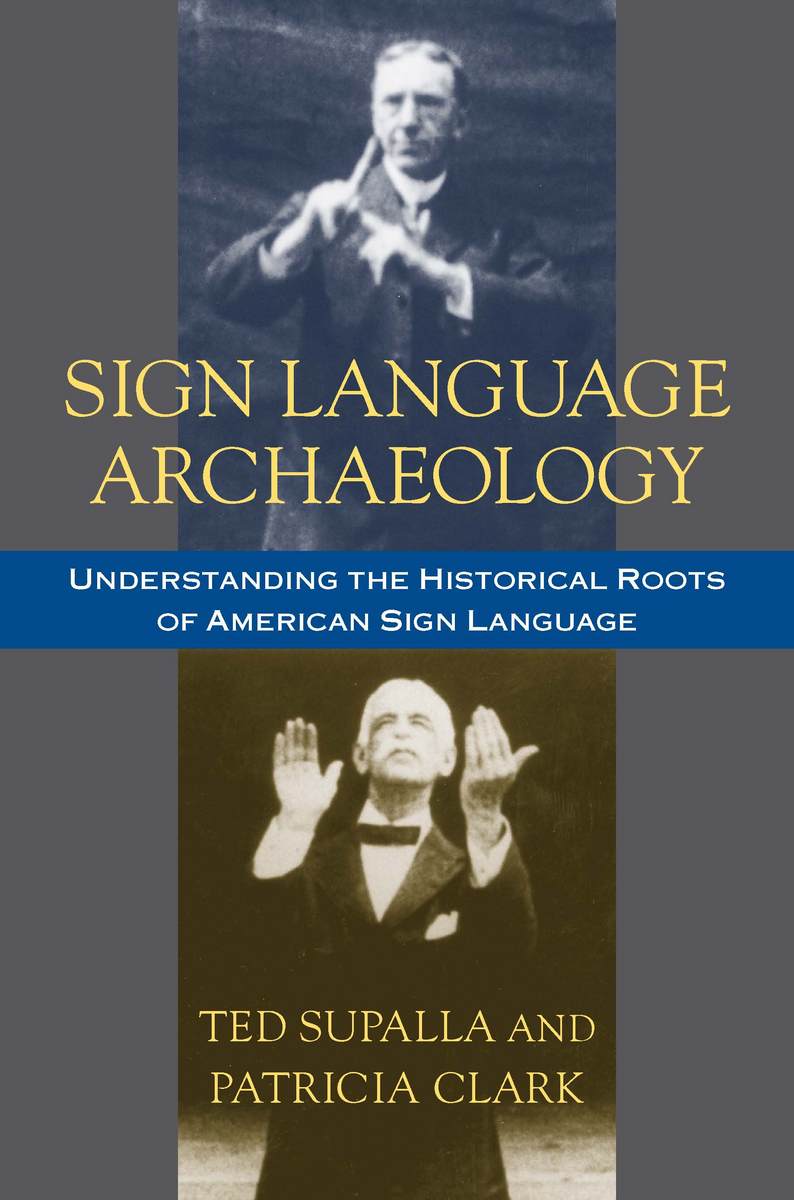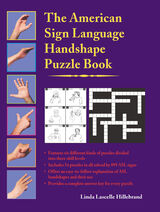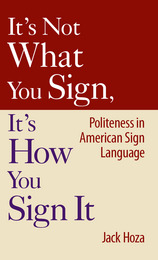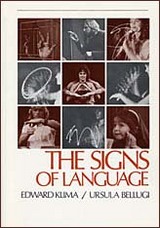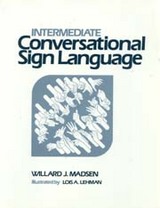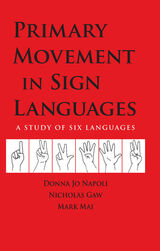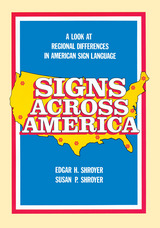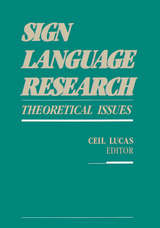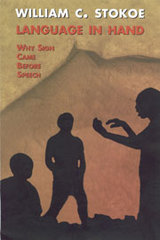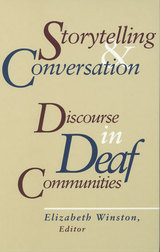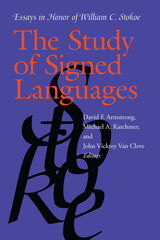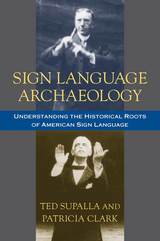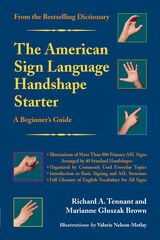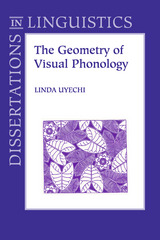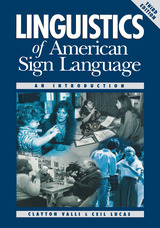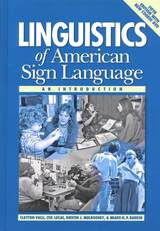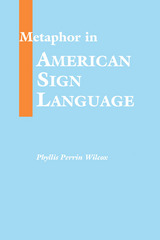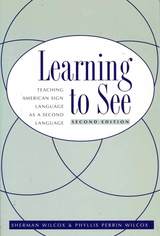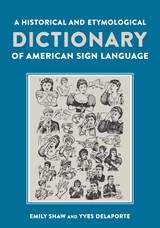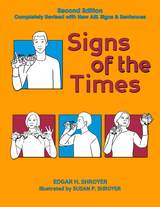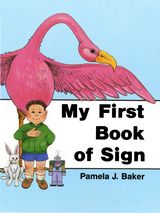Sign Language Archaeology: Understanding the Historical Roots of American Sign Language
Gallaudet University Press, 2014
Cloth: 978-1-56368-493-7 | eISBN: 978-1-56368-494-4
Library of Congress Classification HV2474.S96298 2014
Dewey Decimal Classification 419.7
Cloth: 978-1-56368-493-7 | eISBN: 978-1-56368-494-4
Library of Congress Classification HV2474.S96298 2014
Dewey Decimal Classification 419.7
ABOUT THIS BOOK | AUTHOR BIOGRAPHY | REVIEWS | TOC | REQUEST ACCESSIBLE FILE
ABOUT THIS BOOK
This engrossing study investigates the infancy of American Sign Language (ASL). Authors Ted Supalla and Patricia Clark highlight the major events in ASL history, revealing much of what has not been clearly understood until now. According to tradition, ASL evolved from French Sign Language. The authors analyze the metalinguistic assumptions of these early accounts and also examine in depth a key set of films made by the National Association of the Deaf (NAD) between 1910 and 1920. Designed by the NAD to preserve classic ASL, the films feature 15 sign masters, the model signers of that time. In viewing these films, the authors discovered that the sign masters signed differently depending on their age. These variations provide evidence about the word formation process of early ASL, further supported by data collected from dictionaries of the 19th and early 20th centuries.
By tracing the writings of selected individuals, this study reconstructs the historical context for early ASL grammar. It describes the language used in each century and how it changed, and focuses on the rediscovery of the literary legacy of the Deaf American voice. Sign Language Archaeology reveals the contrast between folk etymology and scientific etymology and allows readers to see ASL in terms of historical linguistics.
By tracing the writings of selected individuals, this study reconstructs the historical context for early ASL grammar. It describes the language used in each century and how it changed, and focuses on the rediscovery of the literary legacy of the Deaf American voice. Sign Language Archaeology reveals the contrast between folk etymology and scientific etymology and allows readers to see ASL in terms of historical linguistics.
See other books on: American Sign Language | Clark, Patricia | Miscellaneous | Sign Language | Understanding
See other titles from Gallaudet University Press
